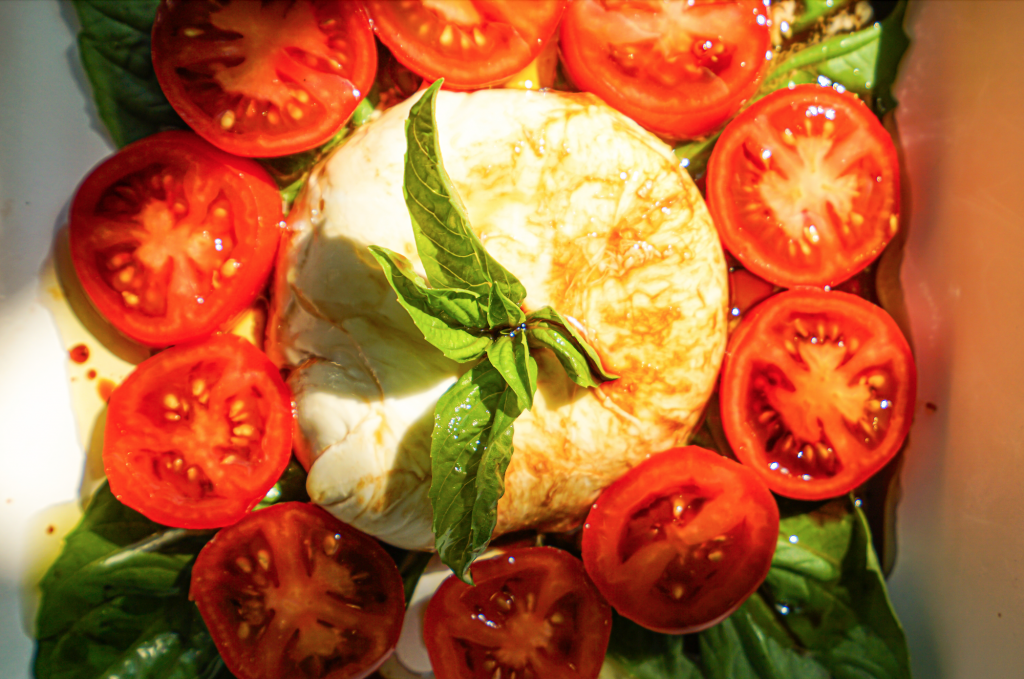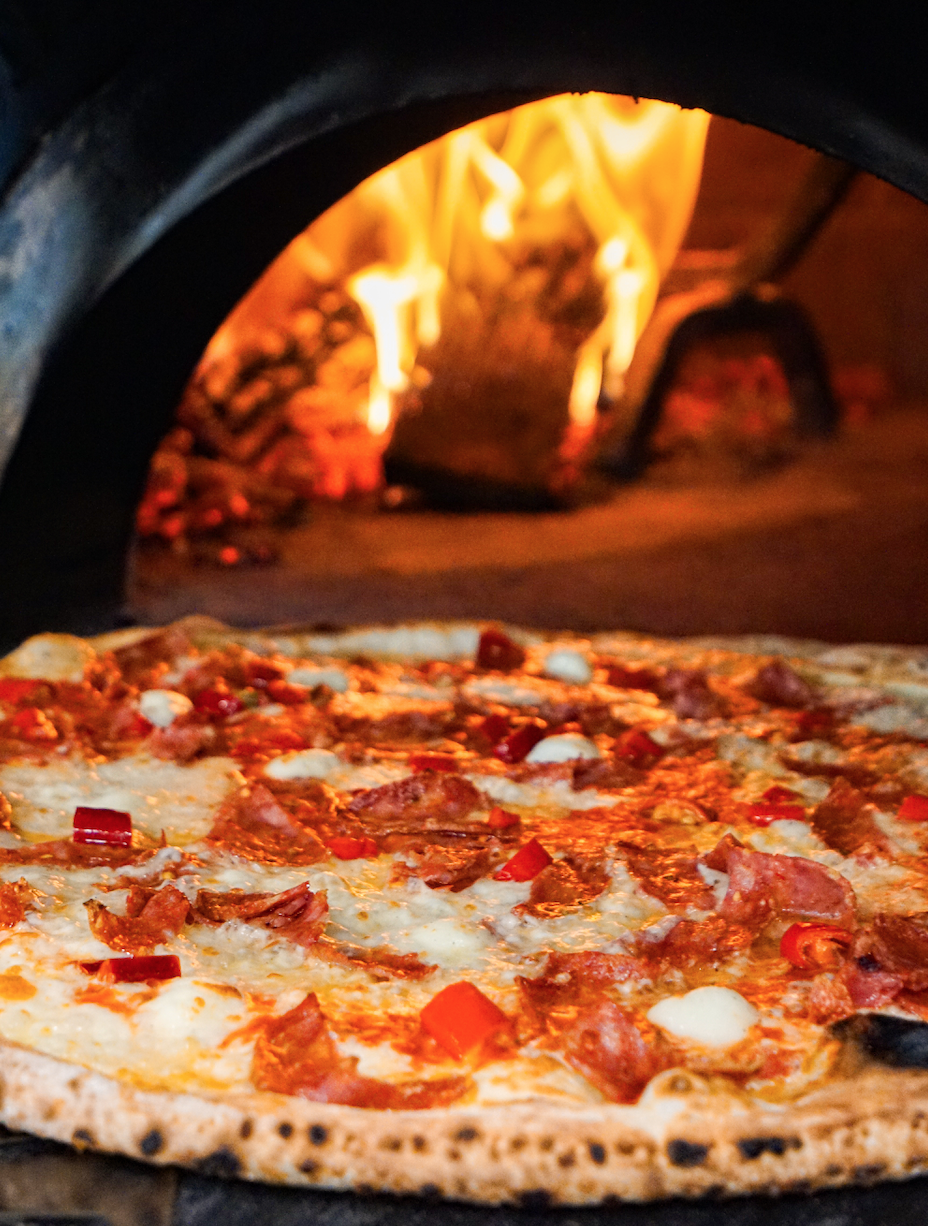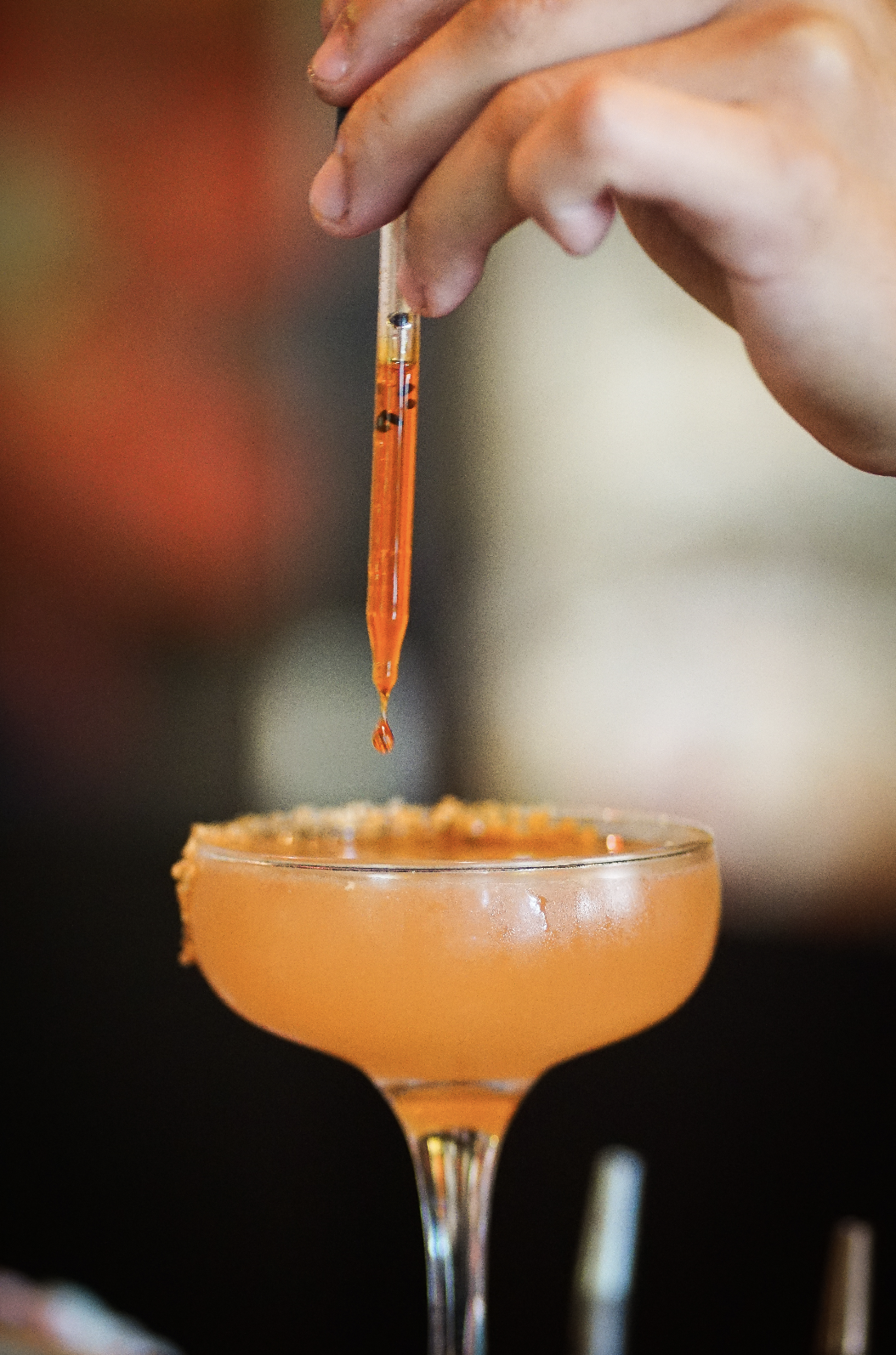Naples, Italy, the pizza capital of the world, is sprinkled with more than 800 pizzerias, with styles varying from the thin ruota di carretto to a denser crust-forward a canotto. And all still uphold the Neapolitan spirit in the harmony of ripe tomato, fragrant basil, and the kneading of the dough. It was on a trip to Naples that Onur Basegmez found inspiration in a pie whose essence would become the dough that rose into Pi-Napo, Fry’s Spring’s slice of Napoli.
“We are not just selling pizza,” Basegmez insists, standing over buckets of spicy Italian salami and cherry Vesuvian tomatoes. “We are selling a cheap flight to Italy.”
Pi-Napo has revitalized the old Fry’s Spring Station into an open-kitchen pizzeria of twirling dough, imported gelato, and handmade cannoli. It’s equipped with two Italian pizza ovens made of volcanic ash, which maintain a temperature of more than 800 degrees. These ovens, smoldering with local white oak and hickory, impart a crusty spice on artisan pizza delivered to the table in sold-by-the-slice time.
Basegmez’s philosophy is rooted in the idea that no matter how you dress it, pizza is a simple dish that leans on quality ingredients and attention to detail. “I don’t eat pizza every day, but I taste pizza every day,” he grins.
Through several trips eating along the narrow streets of Italy, Basegmez and his Italian partner tinkered with the nuances of hand-crushed sauces to craft a menu that your Nonna would be proud of. “Pizza must be balanced,” he says, with a touch of spice, the subtle sweetness of a sauce, and not too loaded with toppings that it buries the delicacy of the crust.

Pi-Napo’s menu offers a dozen pies, and a beautiful dollop of buffalo mozzarella drizzled with olive oil, basil, and cherry tomato. The pizzas range from mushroom with white truffle to spicy Italian salami and Calabrian peppers, with a nod to Basegmez’s choice—a classic margherita with a sprinkle of garlic and cherry tomato. The restaurant has 10-inch pizzas during the week as a lunch special and shifts to strictly 16-inch sheet pan pies on Saturdays and Sundays.
Along with a wheel of Italian gelato, Pi-Napo leans on an in-house family recipe to stuff the cannoli that anchor the dessert window. “We’re bringing Italy to town,” says Basegmez.
If you drove through the Fry’s Spring neighborhood in late August, you might have noticed Basegmez. On Pi-Napo’s opening weekend, he stood at the traffic lights between Pi-Napo and Dürty Nelly’s and handed out free slices to passersby. “We want to be a part of the neighborhood,” Basegmez says. He appreciates the history of Fry’s Spring Station, standing since 1933, and revels in customers who share that they used to get their oil changed right where the two-ton wood fired pizza ovens now sit.
Pi-Napo has hit its stride on weekdays and game days. Just a walk from Scott Stadium, it’s already served as a rain shelter for a stormy home game and routinely shows Euro-league soccer on screens throughout the restaurant. In the coming months, the kitchen team is looking to add pizza-making classes to spread the joy of 0/0 flour blanketed in ladles of Mutti crushed tomatoes.

